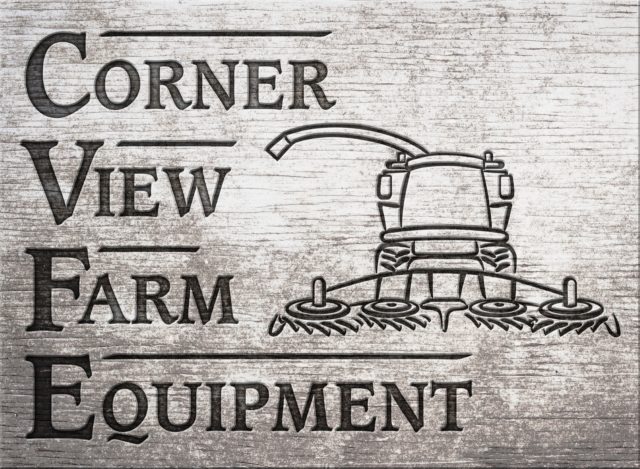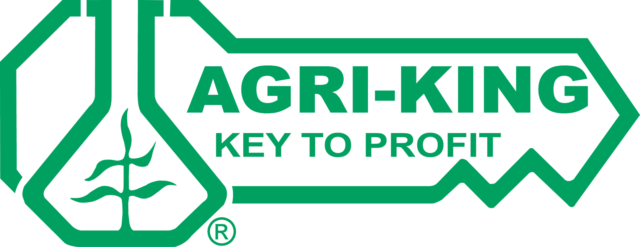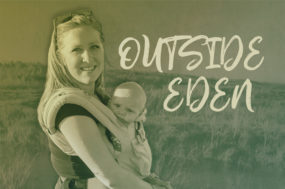He was doing his normal sampling procedure by walking to the face of the silage pit and getting a sample for a nutritionist and salesperson.
The silage face was even (no overhang or undercut). While getting the sample, the pit collapsed from the bottom, not the top, and engulfed the worker, resulting in his death.
Apparently, a frozen chunk of silage came loose, allowing a large section of the face to collapse and bury the worker.
There are several hazards associated with a bunker silo, and not all are as obvious as some other types of farm hazards.
Everyone who has to work around a bunker silo should be able to recognize the risks and apply good safety habits. Keep these hazards and practices in mind:
Reduce rollover risks
- Use heavy, wide-based ROPS equipment. Buckle the seat belt.
- Do not exceed a 1-to-3 slope (1 foot rise per 3 feet horizontal length) on the “progressive wedge” fill.
- Use sighting rails to guide the fill and packing.
- Do not exceed wall height with fill.
- Back packing tractors and dump trucks up the silage slope rather than along the slope.
Reduce additional dump truck risks
- Avoid raising beds near overhead power lines. If overhead lines are located near a bunker silo, they should be buried.
- Use approved lift arm support locks to block the bed during repairs; do not use a wooden plank.
Reduce risks of silage face collapse
- Use equipment that can reach to the top of the silage face to prevent undercutting.
- All silage handling, sampling or observations should be made after an equipment operator brings the silage away from the silage pile with the unloading equipment.
- Permit no one to stand at the silage face if it exceeds their height.
- Be aware that a clean-shaved silage face may still collapse if frozen silage slips loose from drier silage in the same pile. FG
—Excerpts from Penn State Agricultural Safety and Health News, Vol. 18, No. 2
Sally Maud Robertson
Agricultural Engineering
Penn State University









